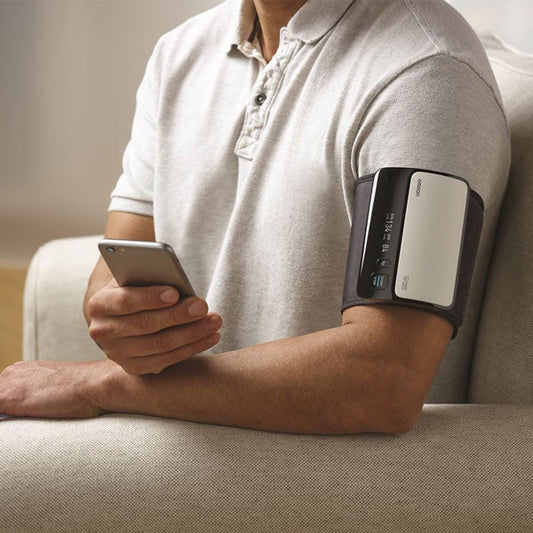Living with a pacemaker can bring about a lot of questions and concerns. One common question that arises is whether or not it is safe to use a blood pressure monitor when you have a pacemaker. In this insight, we will explore this topic and provide you with important information to keep in mind.
Understanding Pacemakers
Before we dive into the topic, let's first understand what a pacemaker is. A pacemaker is a small device that is implanted under the skin to help regulate the heartbeat. It uses electrical pulses to prompt the heart to beat at a normal rhythm. Pacemakers are commonly used to treat conditions such as bradycardia, which is a slow heart rate.
The Concerns
When it comes to using a blood pressure monitor with a pacemaker, there are a few concerns that need to be addressed. One concern is the potential interference between the pacemaker and the blood pressure monitor. Pacemakers can be sensitive to electromagnetic fields, and certain types of blood pressure monitors may emit electromagnetic waves that could interfere with the pacemaker's functioning.
Consult Your Doctor
Given the potential risks involved, it is crucial to consult your doctor before using a blood pressure monitor if you have a pacemaker. Your doctor will be able to provide you with personalized advice based on your specific situation. They may recommend certain types of blood pressure monitors that are safe to use with a pacemaker or provide you with alternative methods to monitor your blood pressure.
Important Things to Keep in Mind
If your doctor gives you the green light to use a blood pressure monitor with your pacemaker, there are a few important things to keep in mind:
Opt for an automatic blood pressure monitor. Manual blood pressure monitors require you to inflate the cuff manually, which may involve squeezing a bulb. This squeezing motion can potentially interfere with the pacemaker. Automatic blood pressure monitors, on the other hand, are safer to use as they inflate the cuff automatically.
Position the cuff correctly. When using a blood pressure monitor, it is important to position the cuff correctly on your arm. Make sure the cuff is placed above the pacemaker site and that it is not too tight or too loose. Following the manufacturer's instructions for proper cuff placement is crucial.
Avoid placing the cuff directly over the pacemaker. To minimize any potential interference, it is best to avoid placing the cuff directly over the pacemaker. Instead, position the cuff slightly above, below, or opposite of the pacemaker site.
Monitor for any unusual symptoms. While using a blood pressure monitor, pay close attention to any unusual symptoms such as dizziness, chest pain, or palpitations. If you experience any of these symptoms, stop using the blood pressure monitor immediately and consult your doctor.
Remember, everyone's situation is unique, and it is important to follow the guidance of your healthcare professional. They will be able to provide you with the most accurate and personalized advice regarding the use of a blood pressure monitor with a pacemaker. Consult with your healthcare provider for personalized advice and recommendations.
If you have any questions or concerns then don't hesitate to email us at orders@bvmedical.com or call us at (888) 822-8293 to connect with one of our Customer Service Representatives. Where people can reach people.
Sources:









